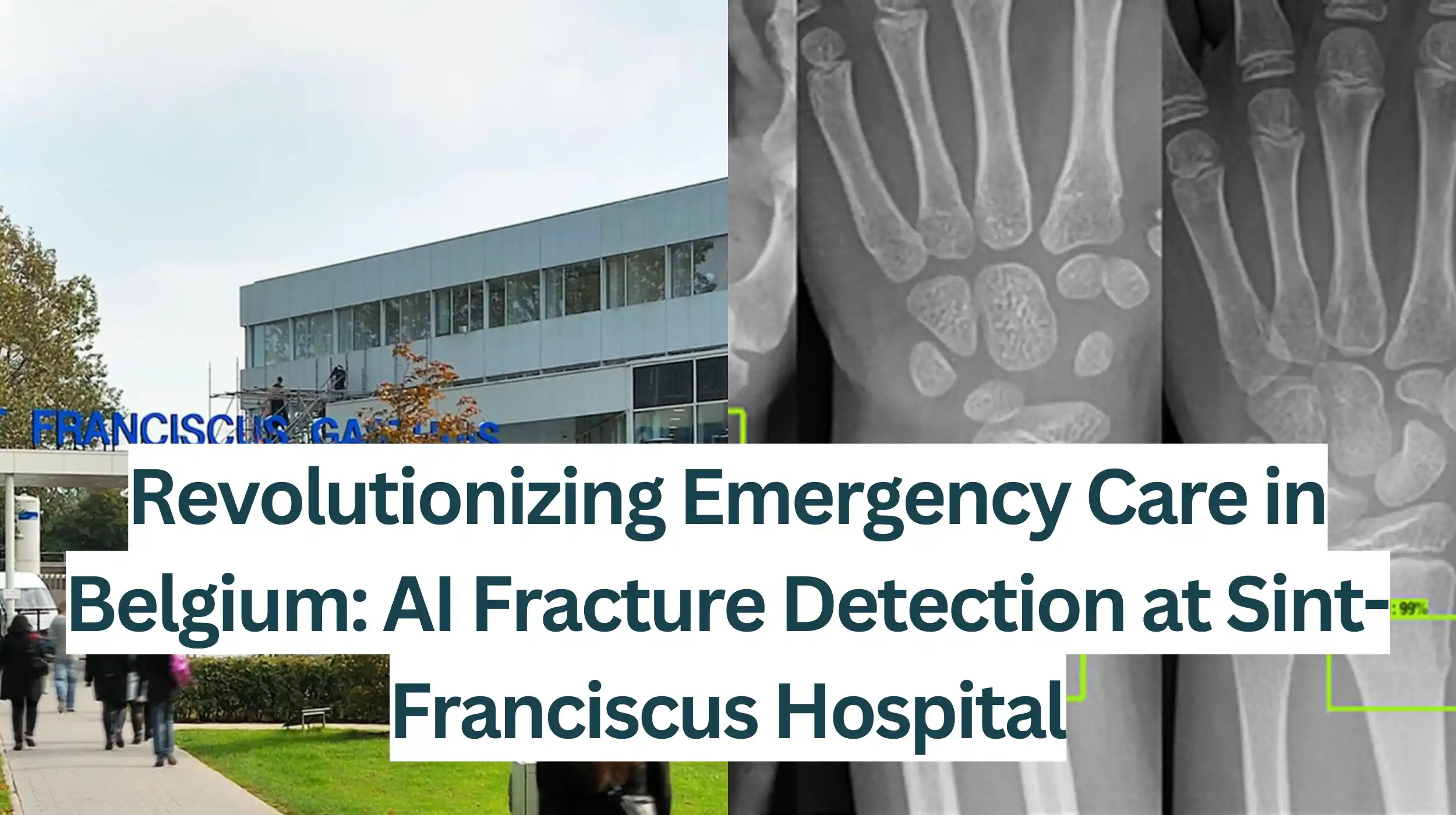Brussels (Brussels Morning) – Sint-Franciscus Hospital in Heusden-Zolder adopts AI to swiftly detect bone fractures in emergency patients, aiding radiologists’ workflow without replacing them. The system processes scans rapidly, prioritizing critical cases, and enhancing patient care efficiency.
Since last week, the Sint-Franciscus Hospital in Heusden-Zolder has been using a software package in which artificial intelligence (AI) automatically looks for bone fractures in patients who present to the emergency department. This makes it one of the first hospitals in Belgium to use AI to detect fractures.
How fast can AI spot fractures in emergency scans?
Depending on the number of photos or CT scans that the radiologist’s digital assistant has to process, fractures and fraction lines can be detected within thirty seconds. The final diagnosis remains with the radiologist.
“This is additional support for our radiologists that should speed up the workflow in the emergency room,” says chief physician Steven Pans. “Patients with real fractures move up in the work list and are therefore discussed first.” The AI must help radiologists process the gigantic flow of data and images and pick up important information faster. In addition to detecting bone fractures, globules can also be detected in the lungs.
What’s the cost and efficacy of the AI software?
The license for the software package costs between 7,000 and 10,000 euros per year and is not charged to patients in Belgium. According to chief radiologist Pieter Meersman, AI technology has a sensitivity of 99 per cent.
The emergency department of the Sint-Franciscus Hospital in Heusden-Zolder is the third busiest emergency department in Limburg with 25,000 patients per year. In about half of the patients who come to the emergency room, there is a suspicion of one or more fractures. The use of AI should further improve the quality of care provided and ensure that the patient is helped faster.
“I think it is very important that we can give patients the right feedback and that certain fractures are treated as quickly as possible. If we are alerted that there is a fracture that needs to be treated immediately, we can anticipate this more quickly because that patient ends up at the top of our work list,” says Pans.
A radiologist must always make the final medical decision. “It is not the intention that this technology will replace the radiologist,” says Pans. “It’s just for support. Radiologists have to complete five or six years of training and this can never be replaced.”



